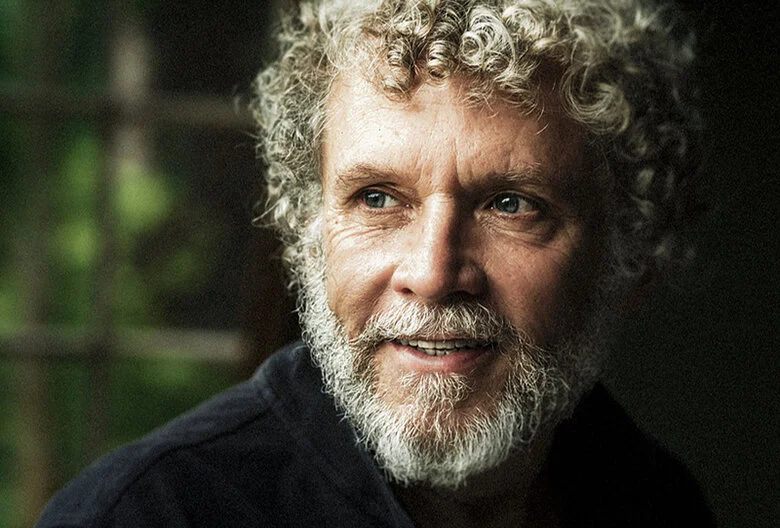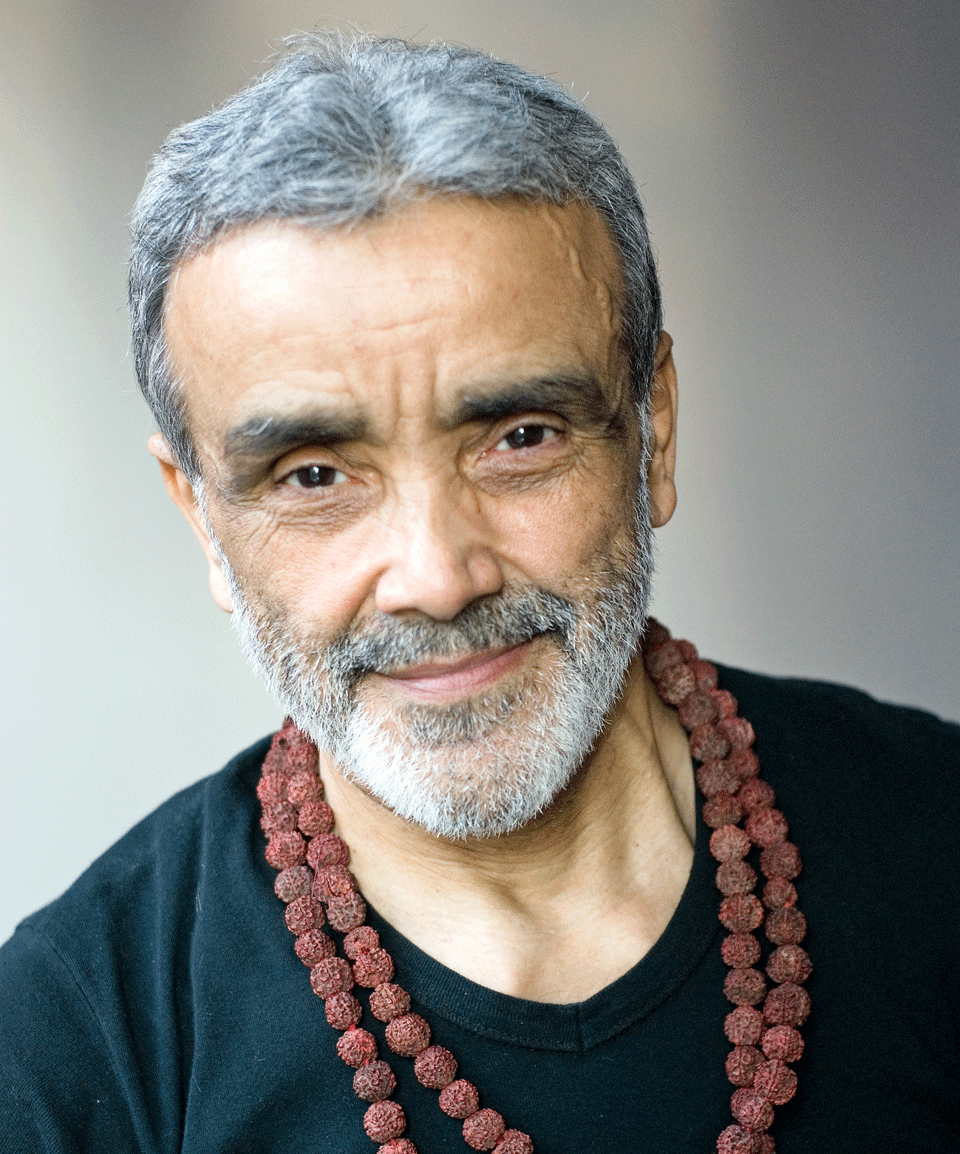
Breathe
Webpage Navigation
Introduction: Breathing Basics l Nasal Breathing l Dysevolution l Mouth Breathing
Breathwork: Dysfunctional Breathing Screening l Breathwork Practices l Breathwork Coaches l Respiratory Muscle Training
Other: Experts in Related Fields l Historical Context l Further Reading l Products
Breathwork in the Context of Health & Wellness
Breathwork can help modulate the stressors within our lives, improve health, connect us to our spirituality, and even improve athletic performance. However, all practices should be considered in the greater context of health and wellness to avoid over-emphasizing their utility. The dimensions of wellness and social determinants of health serve to keep us mindful of the 'bigger picture'. In contrast, wellness practices provide actionable steps to help improve our quality of life. Breathwork is valuable to experiment with because it is highly accessible and offers a wide range of benefits.
Breathing and the Body
Dysevolution: occurs over the course of several generations when the cause of a mismatch disease goes untreated and instead those causative environmental factors are maintained for future generations.
Mismatch Disease: A disease that is generated by a ‘mismatch’ between our modern environment and the environment out bodies evolved to exist within.
Diane Bahr (Speech and Language Pathologist) discusses dietary strategies for maximizing childhood orofacial development in her book, Feed Your Baby and Toddler Right.
Consequences of Habitual Mouth Breathing
The nose is the body’s automatic route for inhalation in the absence of airflow obstruction. This obstruction can be caused by many factors such as structural abnormalities (e.g., deviated septum), reversible congestion, and a variety of lifestyle conditions (e.g., forward rounded posture or excessive body weight). Mouth breathing should not be viewed as a suitable alternative to nasal breathing, given the wide-ranging health consequences associated with this pattern. Breathwork practices and other lifestyle interventions can help restore nasal breathing. However, if you suspect that you have a structural abnormality, consider pursuing an examination by your physician or a specialist (e.g., an ENT) as these conditions require more specific care.
Mouth breathing syndrome: when an individual moves away from utilizing the nose as the exclusive respiratory organ and introduces mixed breathing dominated by oral/mouth breathing (exclusive oral breathing is rare to non-existent.
Screening for Dysfunctional Breathing
The screening test above is a useful tool given that it can be completed quickly, with minimal equipment, and minimal training. Current evidence suggests that it can detect about 89% of individuals with dysfunctional breathing. However, all testing carries a risk for error, which highlights the importance of further assessment by a healthcare professional with the awareness of the various components of dysfunctional breathing. Diaphragmatic breathing is the innate method of relaxed breathing and can be assessed utilizing the Hi-Lo Breathing Assessment. Capnography uses equipment to measure the concentration of gases within one’s breath and assists in diagnosing various medical conditions. Lastly, the symptoms of dysfunctional breathing should also be assessed utilizing self-report questionnaires.
Breathwork Coaches
Wim Hof
"The Iceman" is known for summiting Mount Killimanjaro wearing nothing but shorts and shoes, among other extreme cold-temperature feats. His method is practiced for a wide range of vitality enhancing benefits, many of which are substantiated by research.
Dan Brule
Master of Prana Yoga & Qigong
He has instructed over 150,000 people around the world in breathwork for self-improvement, self-healing, and spiritual awakening
Sri Dharma Mittra
World-renowned yoga master
Phyllicia Bonanno
Yoga teacher and reiki practitioner
Phyllicia incorporates breathwork throughout her guided meditations, soundbaths, and yoga practices. She is also the co-founder of Sisters of Yoga; a safe space for women of color to explore yoga and mindful living, navigate self discovery and healing while having a sisterhood to support them.
Patrick McKeown
Breathing therapist clinically trained in the Buteyko Breathing Method at the Buteyko Clinic in Moscow, Russia
Anders Olsson
Creator of the ‘Conscious Breathing Retraining Program’
Experts in Related Fields
Dr. Mark Burhenne
Dentist (Northern California) - Sleep and Airway Specialist - Co-founder of the Ask the Dentist health blog
Dr. David Hanscom
Spinal deformity surgeon with current focus on chronic pain management
Alison McConnell
Professor of applied physiology at Brunel University - Respiratory muscle training researcher
Dr. Umakanth Katawa
Instructor in Pediatrics at Harvard Medical School - Attending pediatric pulmonary physician and sleep specialist at Boston’s Children’s Hospital - Director of the Sleep Laboratory at Boston’s Children
Dr. Steven Park
Airway and Sleep specialist practicing at Albert Einstein College of Medicine
Daniel Lieberman
Evolutionary Biologist, Harvard University
Further Reading
Recommended Products
Mouth Tape
Mouth breathing while sleeping is associated with snoring, sleep apnea, and overall reduced quality of sleep. The mouth taping trend serves as a method to encourage nocturnal nasal breathing in those free from complete nasal obstruction. The tape helps to resist the pull of gravity that promotes nocturnal mouth opening. The proper application allows the mouth to easily open when you feel the need. Simple 3M micropore tape is effective and affordable, but Myotape serves as a good option for those anxious about taping over the mouth.
Respiratory Muscle Trainer
The Breather provides resistance during both inhalation and exhalation to allow for resistance training during both phases of the respiratory cycle. Resistance levels for inhalation and exhalation are separately controlled with six levels to allow for progressive exercise. There are two models, the Breather (for those with respiratory disease/impairment) and the Breather Fit (which provides greater resistance intended for healthy individuals).
References
Graphics
Mountains photo made by rizknas from www.pexels.com
Woman in Lotus Pose photo made by Photo by Karolina Grabowska from www.pexels.com
All other graphics are original creations powered by www.canva.com
The Dimensions of Wellness
Bezner J. Promoting health and wellness: implications for physical therapist practice. Physical Therapy. 2015; 95(10):1433-1444.
The Social Determinants of Health
World Health Organization, Commission on Social Determinants of Health. Closing the Gap in a Generation: Health equity through action on the social determinants of health. Available from: http://www.who.int/social_determinants/en
Breathing Basics
Kiesel K., Rhodes T., Muller J., et al. Development of a screening protocol to identify individuals with dysfunctional breathing. International Journal of Sports Physical Therapy. 2017; 12(5):774-786.
Nasal Breathing
Tornberg D., Marteus H., Schedin U., et al. Nasal and oral contribution to inhaled and exhaled nitric oxide: a study in tracheotomized patients. European Respiration Journal. 2002; 19:859-864.
Elad D., Wolf M., Keck T. Aire-conditioning in the human nasal cavity. Respiratory Physiology & Neurobiology. 2008; 163:121-127.
Niaki E., Chalipa J., Taghipoor E. Evaluation of oxygen saturation by pulse-oximetry in mouth breathing patients. Acta Medica Iranica. 2010; 48(1):9-11.
Morton A., King K., Papalia S., et al. Comparison of maximal oxygen uptake with oral and nasal breathing. Australian Journal of Science and Medicine in Sport. 1980; 27(3):51-55.
Dallam G. and Kies B. The effect of nasal breathing versus oral and oronasal breathing during exercise: a review. Journal of Sports Research. 2020; 7(1):1-10.
Hostetter K, McClaran SR, Cox DG, & Dallam G. Triathlete Adapts to Breathing Restricted to the Nasal Passage Without loss in VO2max or vVO2max. Journal of Sport & Human Performance. 2016; 4(1):1-7.
Dallam G., McClaran S., Cox D., et al. Effect of nasal versus oral breathing on VO2max and physiological economy in recreational runners following an extended period spent using nasally restricted breathing. International Journal of Kinesiology & Sports Science. 2018; 6(2):22-29.
Dysevolution
Bastir M., Rosas A., Lieberman D., et al. Middle cranial fossa anatomy and the origin of modern humans. The Anatomical Record. 2008; 291:130-140.
Lewis K. Our skulls are out-evolving us. OneZero. 2019. Access here: Link
Mouth Breathing
Abreu R., Rocha R., Lamounier J., et al. Prevalence of mouth breathing among children. Journal de Pediatria. 2008; 84(5):467-470.
Menzes V., Leal R., Pessoa R., et al. Prevalence and factors related to mouth breathing in school children at the Santo Amaro project. Brazilian Journal of Otolaryngology. 2006; 72(3):394-399.
Stewart M., Ferguson B., Fromer L. Epidemiology and burden of nasal congestion. International Journal of General Medicine. 2010; 3:37-45.
Dysfunctional Breathing Screening
Screening Test developed in 2017 by Kiesel and colleagues (see above)
Courtney R – Functional Movement Systems. Screening & assessing breathing: a multidimensional approach: version 2. 2017. Access here: link.
Respiratory Muscle Training
Romer L., McConnell A., Jones D. Inspiratory muscle fatigue in trained cyclists: effects of inspiratory muscle training. Medicine & Science in Sports & Exercise. 2002; 34(5):785-792.
Illi S., Held U., Frank I., et al. Effect of respiratory muscle training on exercise performance in healthy individuals: a systematic review and meta-analysis. Sports Medicine. 2012; 42(8):707-724.
HajGhanabri B., Yamabayashi C., Buna T., et al. Effect of repiratory muscle training on performance in athletes: a systematic review with meta-analyses. Journal of Strength and Conditioning Research. 2013; 27(6):1643-1663.
Gohl O., Walker D., Walterspacher S., et al. Respiratory muscle training: state of the art. Pneumologie. 70(1):37-48.
History
Gadevia B. The breath of life: An essay on the earliest history of respiration part I. The Australian Journal of Physiotherapy. 1970; 16(1):5-11.
Gadevia B. The breath of life: An essay on the earliest history of respiration part II. The Australian Journal of Physiotherapy. 1970; 16(1):57-69.

































